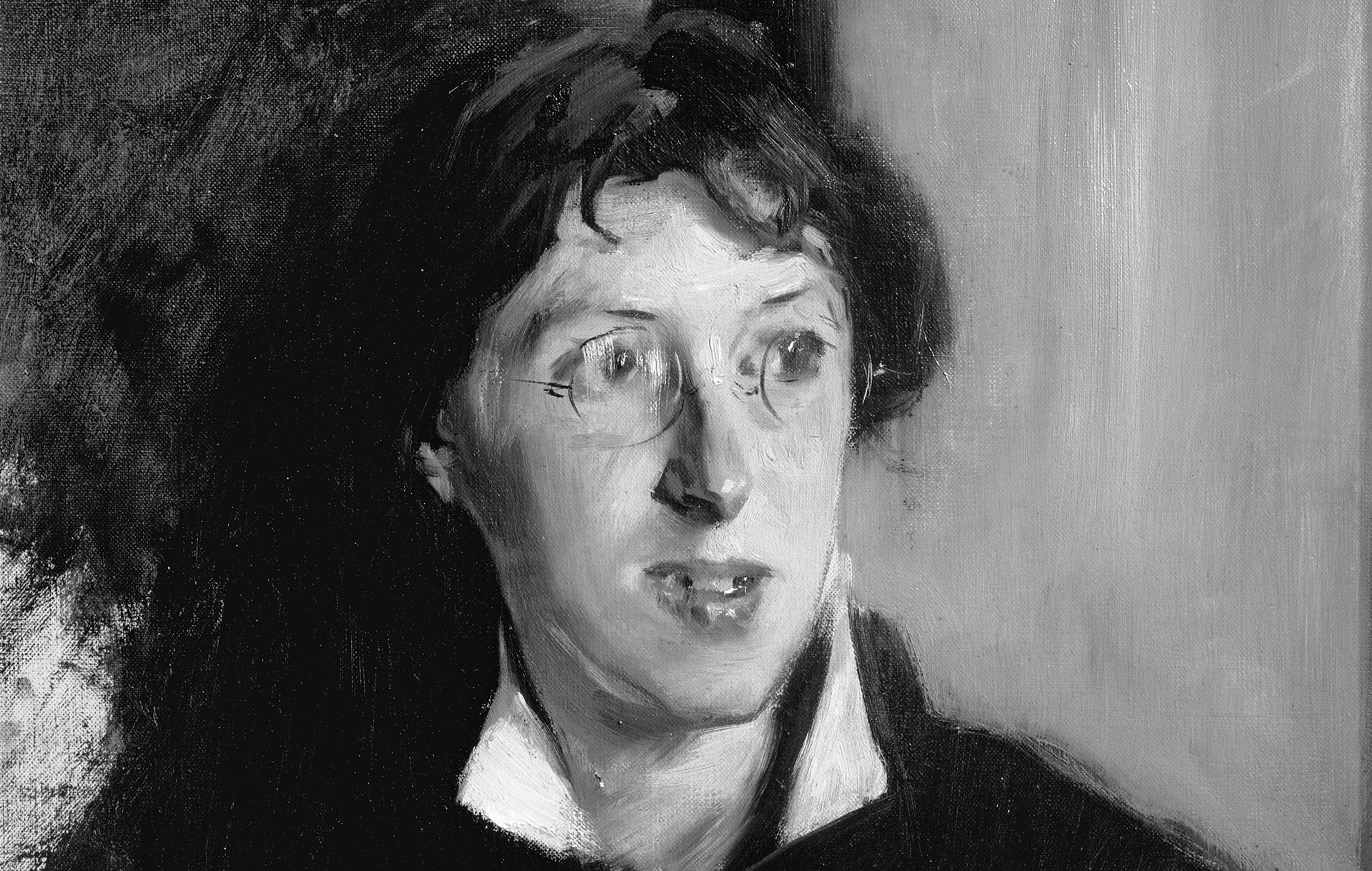Incisive criticism by a lesbian, feminist writer.
June 26, 2020
These past weeks, we’ve been trying to come up with thoughtful ways of staying in touch with everyone—our artists as well as art lovers all around the world. We’ve ramped up our podcast schedule, and now we’ll be sharing some of our favorite titles from David Zwirner Books with you in a new way. Every week our newsletter will introduce a book that we will excerpt—at great length, often in full—on our website. To be updated on upcoming book excerpts and other news, sign up to our newsletter here and follow us @davidzwirner.
We hope you enjoy. And, as Rainer Maria Rilke once said, "Live for a while in these books."
* * *
An openly lesbian, feminist writer, Vernon Lee—a pseudonym of Violet Paget—is the most important female aesthetician to come out of nineteenth century England. Though she was widely known for her supernatural fictions, Lee hasn’t gained the recognition she so clearly deserves for her contributions in the fields of aesthetics, philosophy of empathy, and art criticism. An early follower of Walter Pater, her work is characterized by extreme attention to her own responses to artworks, and a level of psychological sensitivity rarely seen in any aesthetic writing. Today, she is largely overlooked in curriculums, her aesthetic works long out of print. The following excerpt is drawn from the first-ever English publication of Lee's “Psychology of an Art Writer’’ (1903) along with selections from her groundbreaking “Gallery Diaries’’ (1901–1904), breathtaking accounts of her own experiences with the great paintings and sculptures she traveled to see.

“I first set myself the task of investigating what I’ll call my aesthetic record mostly in order to better question others, and even to serve as an example to them. But as my self-examination began to bear fruit, in the form of observations that sometimes surprised and unsettled me, I found myself in possession of a collection of facts that bridges the gap between the subjective study of aesthetics and psychology in general. The reader will see that this fragmentary, autobiographical confession serves as evidence—purely individual and empirical evidence—for the following issues...’’
Read the full essay titled “Psychology of an Art Writer (Personal Observation)’’
Image: John Singer Sargent, Vernon Lee, 1881 (detail). Courtesy Tate, London, 2017

